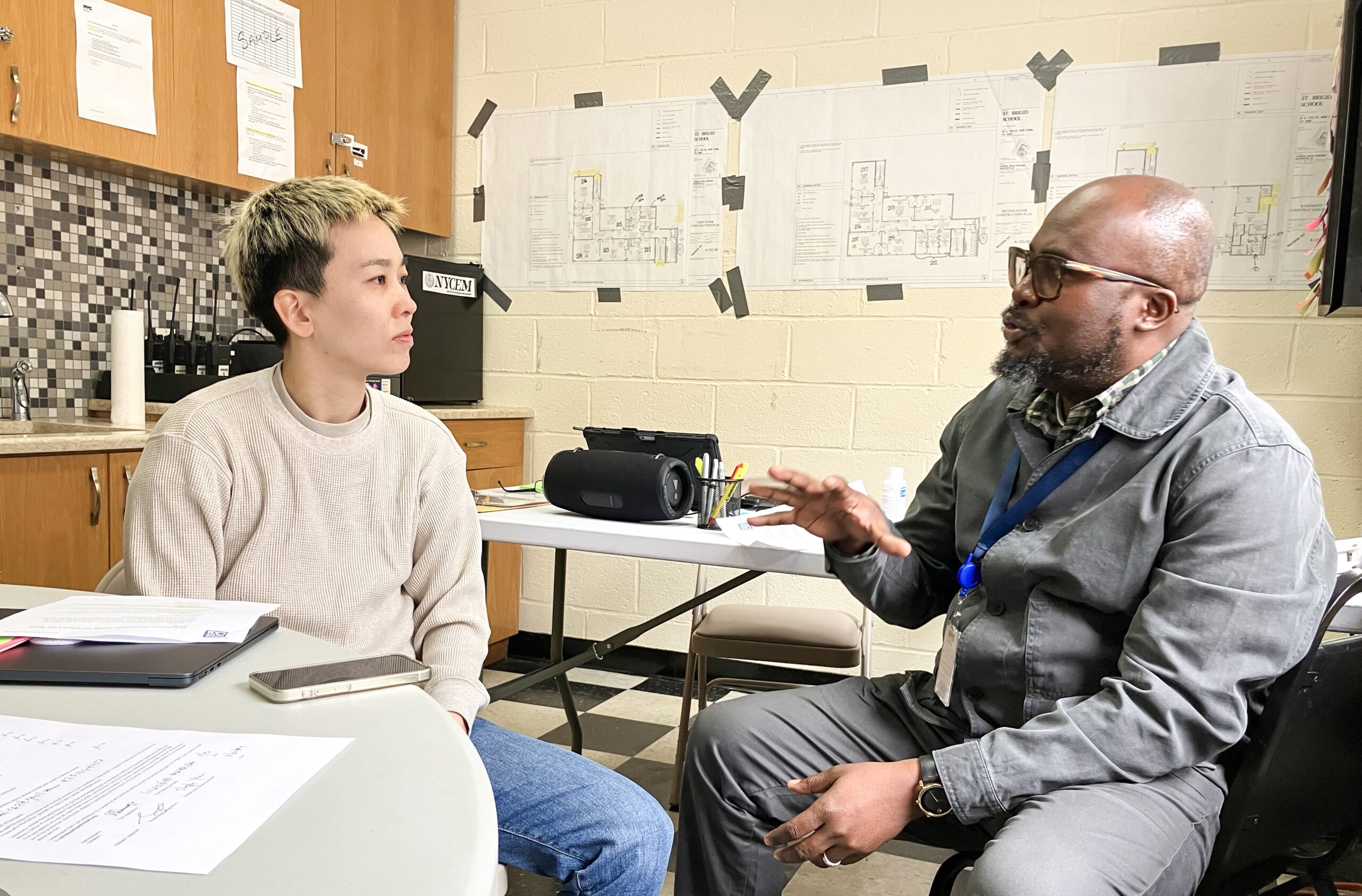

New York City has provided compassionate care for more than 210,000 asylum seekers since 2022. The city, with a desire and obligation to provide shelter for newcomers, is experiencing severely strained resources as it attempts to house over 120,000 people in its shelter system.
One option available to asylum-seekers is reticketing, a service that offers a no-cost, one-way ticket to a chosen destination (within the USA or to another country), available voluntarily at key points during their journey. However, not all who are offered this ticket choose to use it. Many people make their own arrangements for housing after temporary shelter and some opt to return to the shelter system.
PPL is partnering with OASO and NYCEM to increase the number of asylum seekers who accept reticketing offers, thus supporting more asylum seekers to connect with communities outside of NYC for long-term support.
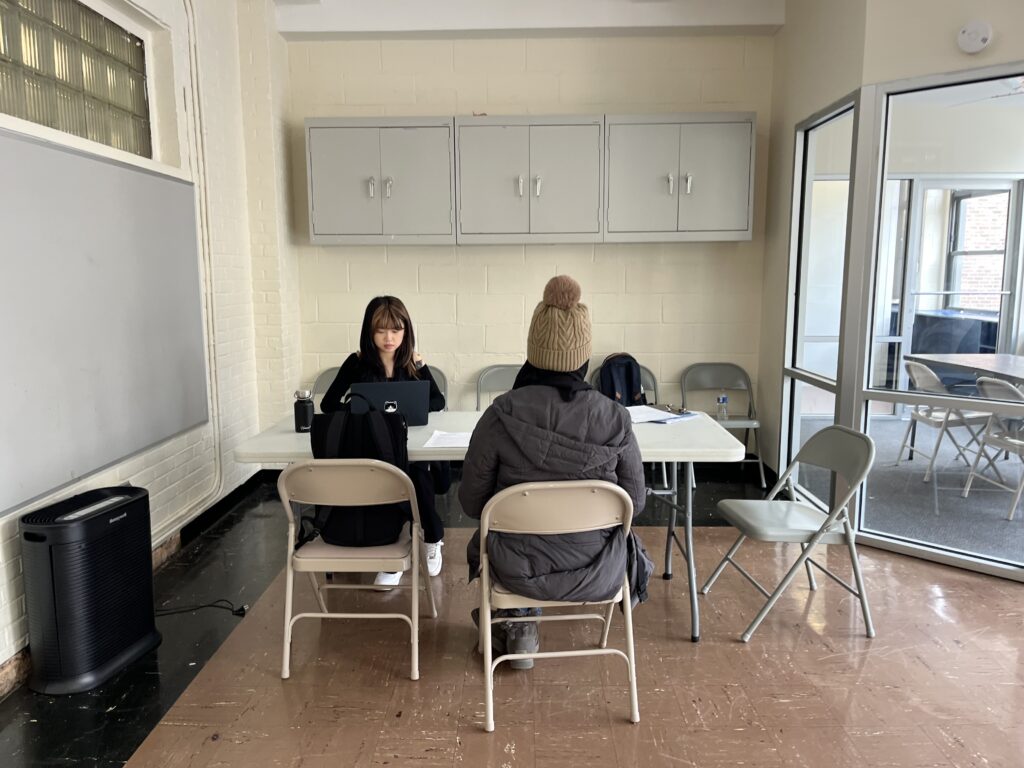
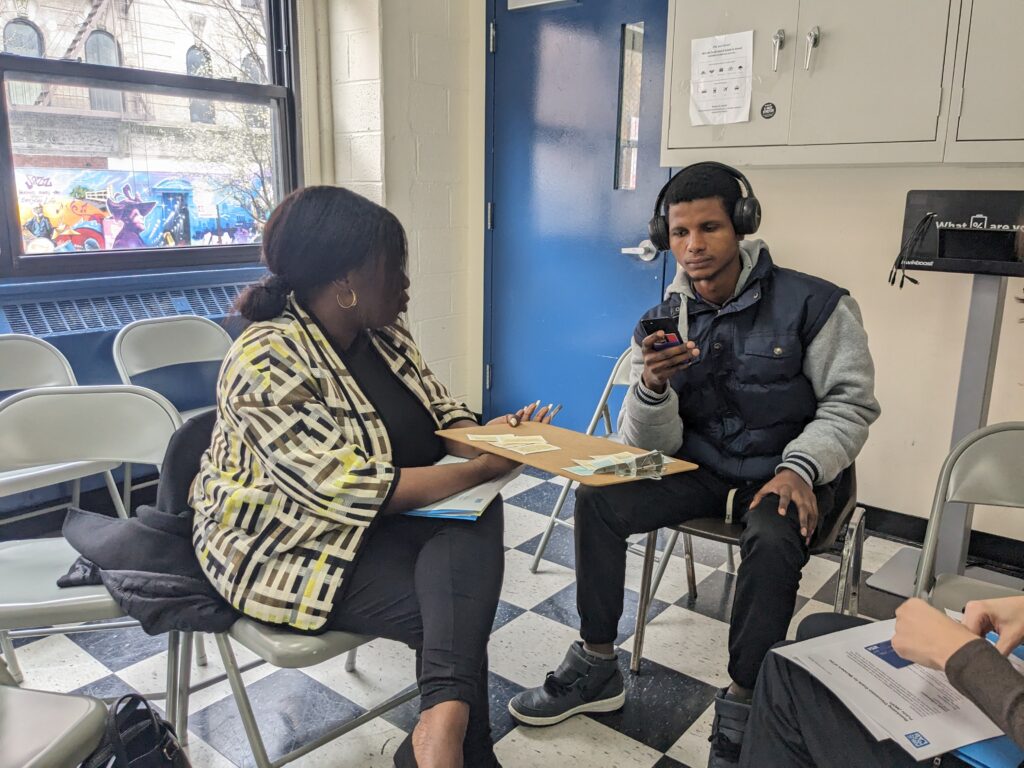
Hours of interviews
Site visits
Inquiry Areas
Research Approach
Our team traveled to different locations in the asylum-seeker services network in New York City to speak with asylum seekers, frontline staff, and subject matter experts. Through site observation, semi-structured interviews, and intercept interviews, we began to unpack asylum seekers’ needs and motivations when considering options for reticketing.
To facilitate our conversation with participants, we used design artifacts such as ecosystem maps, journey maps, and card-sorting activities.

What We Heard
We’ve learned that many factors influence asylum seekers’ decisions to remain in New York City or seek relocation elsewhere.
Those opting to stay cite the city’s abundant resources tailored to migrants, facilitated by its robust infrastructure and comprehensive public transportation network. Additionally, misconceptions about the asylum application process or concerns surrounding work authorization and travel documentation play a pivotal role in their decision-making process. For some, the idea of starting over in a new place after starting to settle in is scary, especially if they’ve accrued financial debt over the course of their journey to the United States.
On the other hand, asylees who opt to relocate often do so because they have friends and family elsewhere who can help them. Asylees may also be motivated to relocate if they hear of better job and housing options in other places. For some asylees, elements of New York City are not what they expected. Asylees cite the food, the weather, and the cost of living as elements that may drive them to relocate.
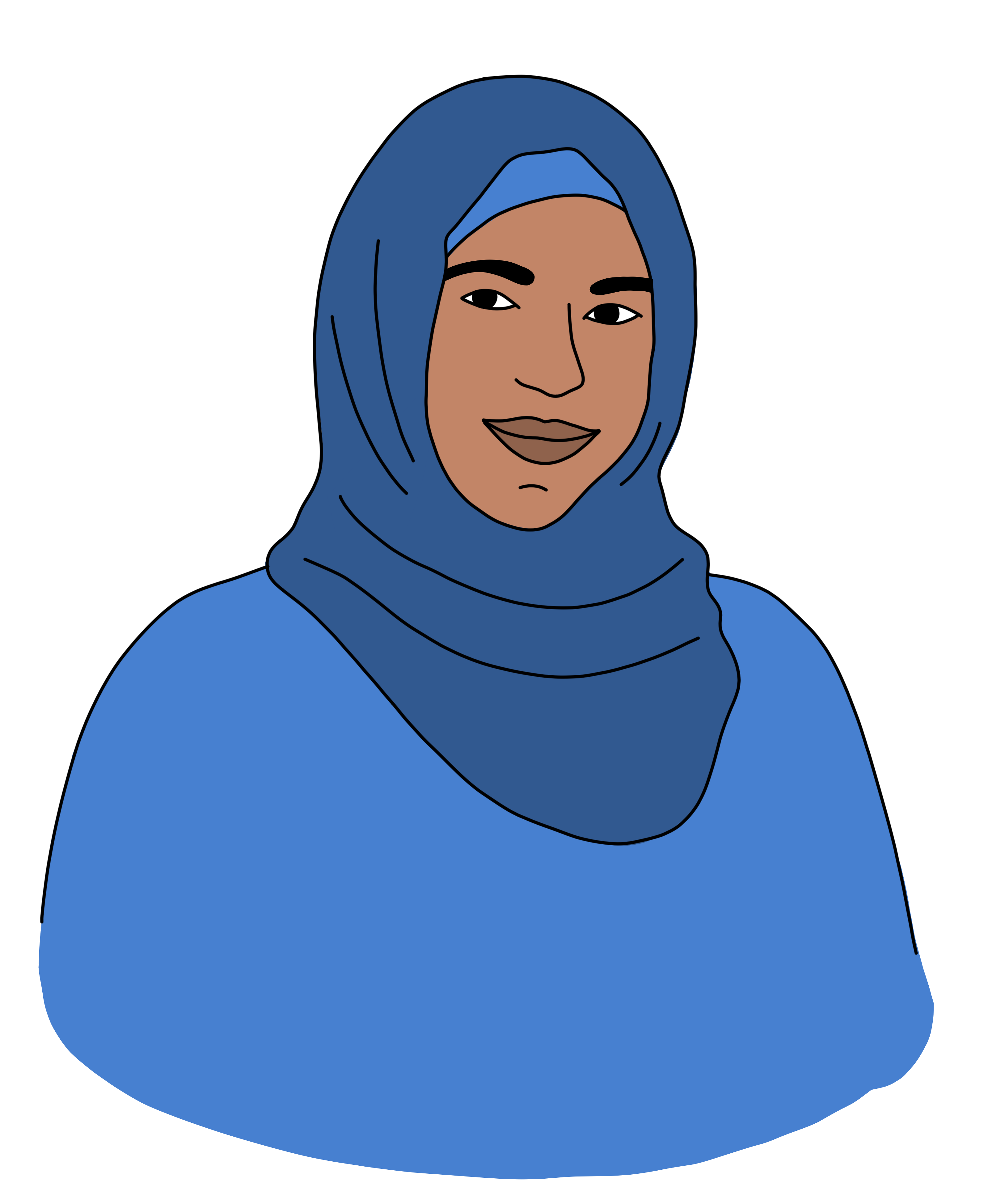
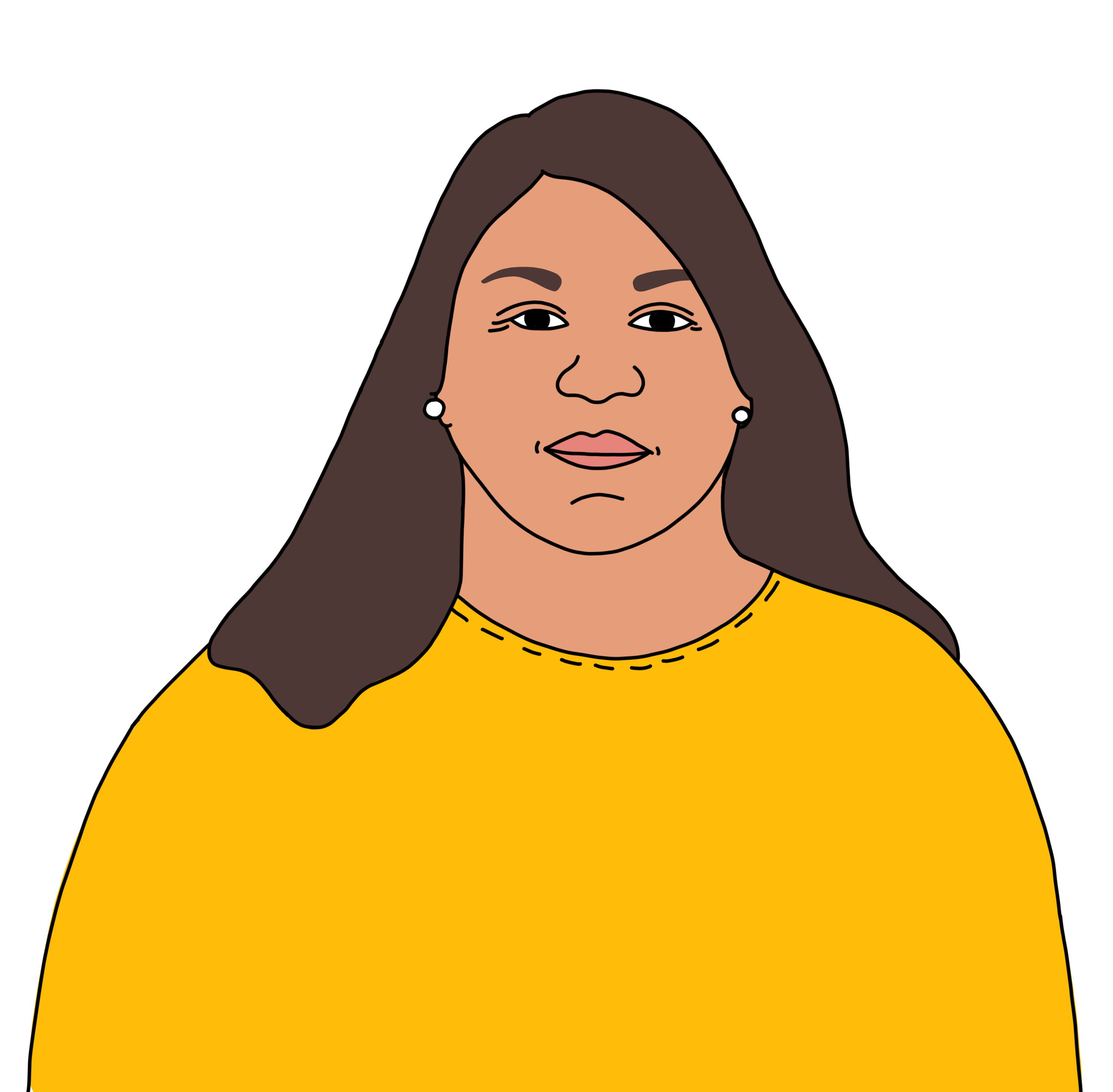
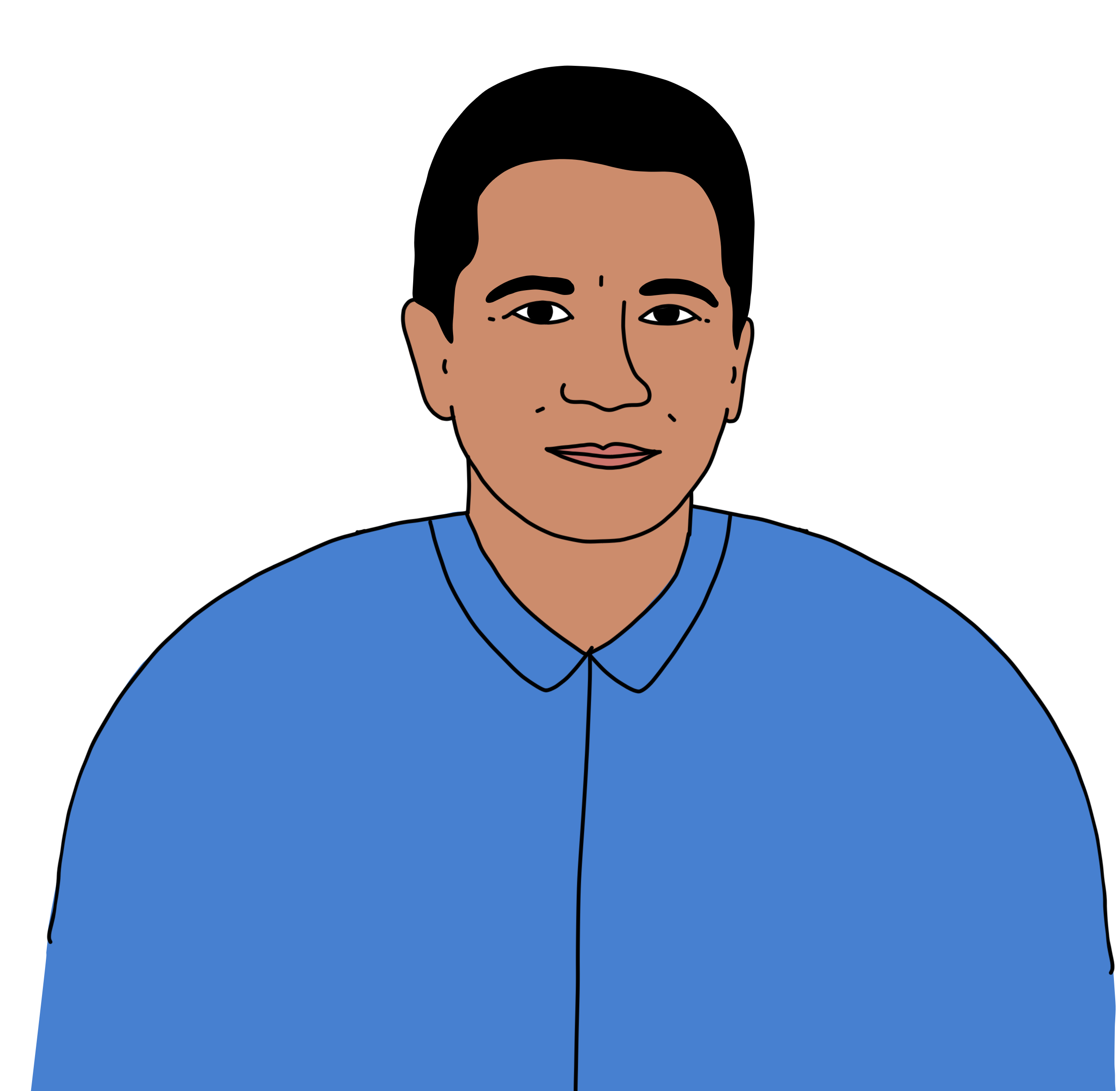

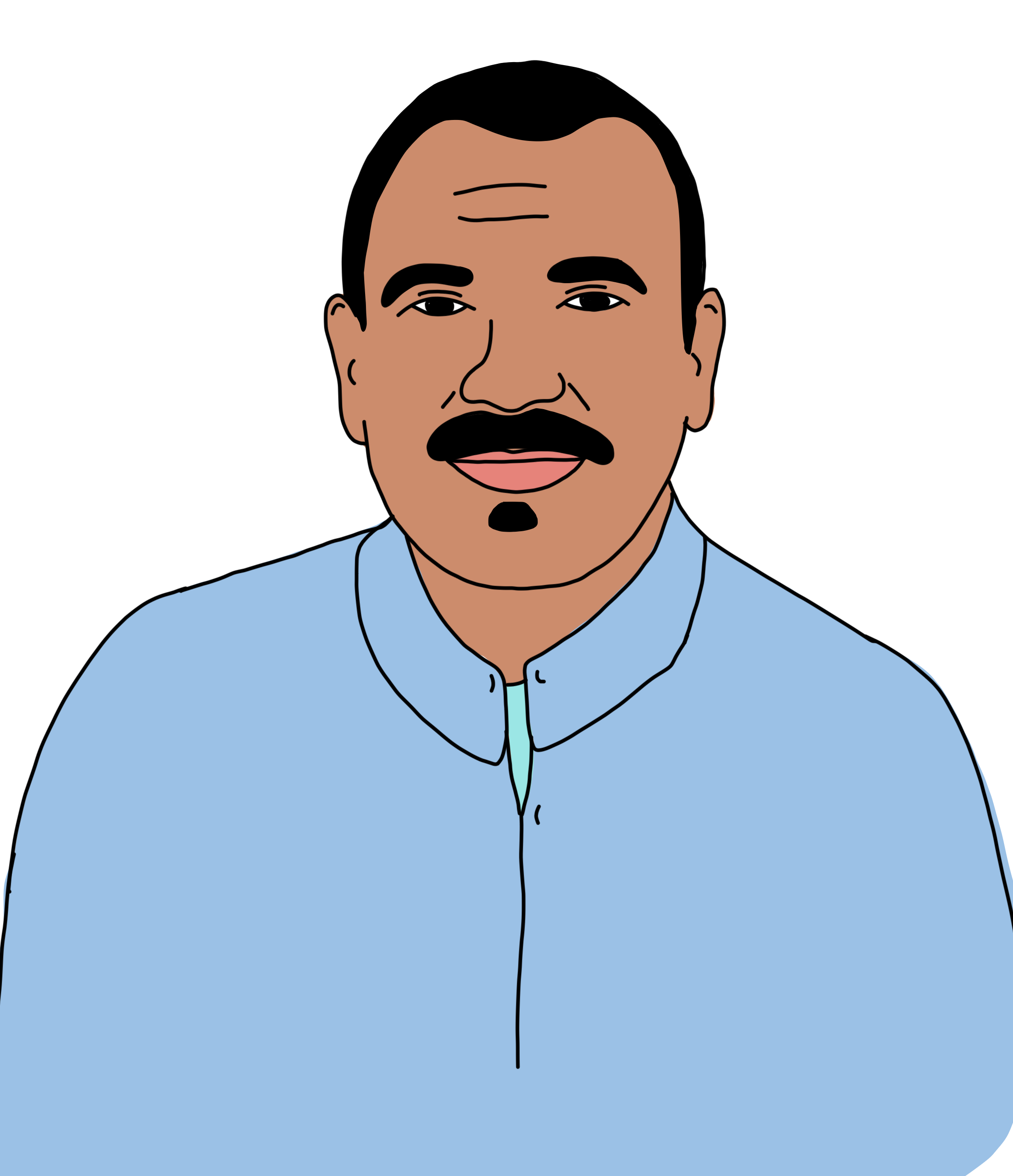

Common Themes:
Shared Needs
After identifying common themes and clustering insights from research, we narrowed in on three primary shared needs that correspond to the scope of this project: Mindful Delivery of Information, Connected Network of Communication, and Support for Reconnections. We identified two additional shared needs that, while outside of this project’s scope, are nevertheless important for future projects to explore: Wraparound Support Services, and Stable Postal Addresses. Based on these shared needs, our team developed a series of preliminary design concept areas and prototype ideas that we took back out into the field to co-design and refine with asylum seekers and staff.
After months of research and co-design, we finalized a set of tools including:
Reconnections Tools
Reconnections Guidebook and posters help educate asylum seekers and frontline staff about the reconnections program, while the WhatsApp Group content and Reconnections Branding Strategy help improve the messaging and communication around the program.
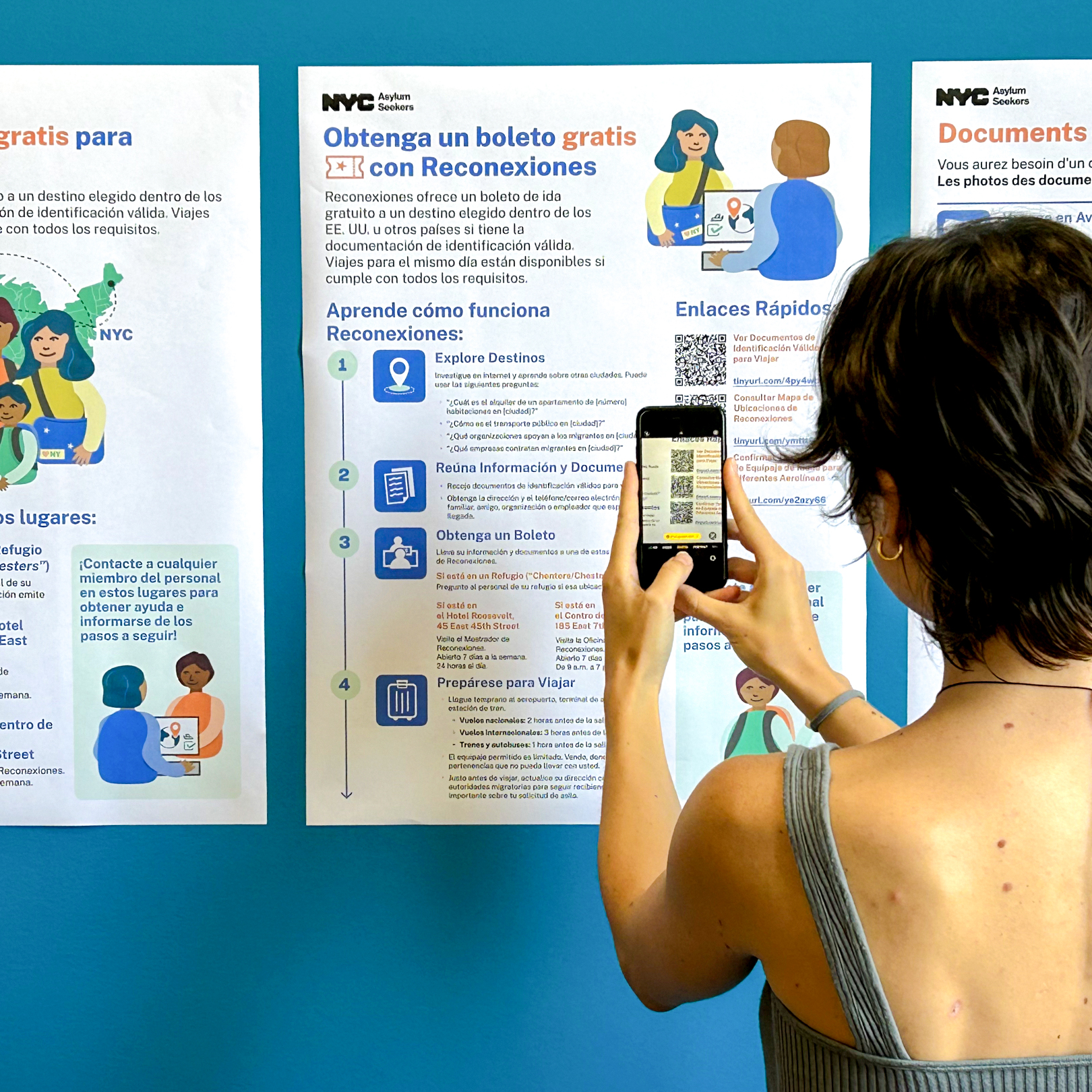
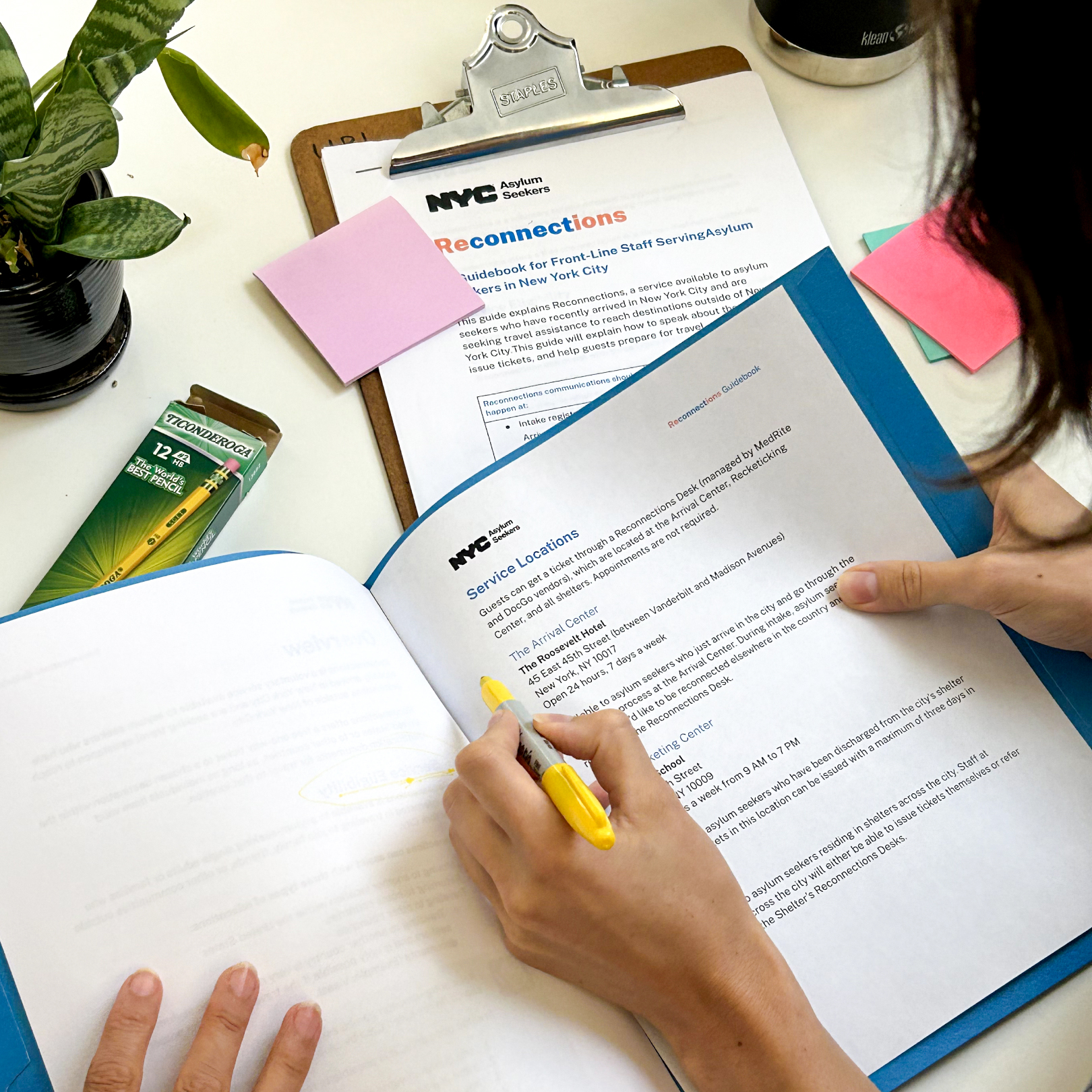
Over the next few months, we’ll be testing out these tools at shelters across New York City, with the ultimate goal of implementing them citywide. As part of our preparation for the pilot, we worked with our pilot partners at the Mayor’s Office of Asylum Seeker Operations (OASO), New York City Health + Hospitals (H+H), New York City Department of Homeless Services (DHS), New York City Housing Recovery Office (HRO), New York City Emergency Management (NYCEM), and the NYC Service Design Studio at the Mayor’s Office of Economic Opportunity (SDS) to solidify pilot locations, distribution logistics, and methods for feedback collection. We also co-created an implementation plan that provides guidance on use cases and placement tips to guide our partners in effectively using the Reconnections tools and materials.
In addition to implementation guidance, we provided personalized training to folks at the NYCO Service Design Studio to assist them in navigating the Reconnections tool package and using the brand toolkit to implement changes to the posters and guidebook.
This project is currently piloting a set of new tools with the goal of scaling and implementing these tools in the coming months.
PPL is a tax-exempt 501(c)(3)
nonprofit organization.
info@publicpolicylab.org
+1 646 535 6535
20 Jay Street, Suite 203
Brooklyn, NY 11201
We'd love to hear more. Send us a note and we'll be in touch.
We're currently seeking applications for a Graduate Summer Intern. If interested, learn more about the role here.
To hear about future job announcements, follow us on Instagram, Twitter, Threads, and LinkedIn or subscribe to our newsletter.
Enter your email below to subscribe to our occasional newsletter.
Wondering what you’ve missed?
Check out our
The Public Policy Lab is a tax-exempt
501(c)(3) nonprofit organization.
Donate now to support our work; your
gift is tax-deductible as allowed by law.